Jonathan has been compulsorily hospitalized and will spend the end of the year away from his family trying to cure himself of his drug addiction for the second time, but today he admits that this is the best way to give up his addiction.
An hour a day of weight training, five art lessons a week and lots of free time. This is the routine of Jonathan * (not his real name) at the end of the year in the clinic where he is hospitalized to treat his addiction to the synthetic drugs K2 and K9.
Due to his treatment he will spend Christmas and New Year away from family and friends and will only return home in February.
In an interview with BBC News Brasil, Jonathan, who is in his 20s*, talks about how he tried it, became addicted and ended up in the rehabilitation center for the second time where he now lives with 65 other men trying to break free drug addiction.
Jonathan recalls in detail the day he was in a circle of friends and an acquaintance of his cousin offered him what appeared to be a joint (marijuana cigarette).
At the time, he had already tried marijuana and drank frequently. She decided to accept the offer. He didn’t know it, but he was experiencing K2.
“I thought it was marijuana, but when I took two hits, I thought I was going to die,” says Jonathan, who spoke to the journalist in one of the rooms of the clinic where he is hospitalized, in the state of Sao Paulo. .
“I felt a tremor in my muscles, I was short of breath and I had a lot of mental confusion. I thought I would never move again.”
He says that, in the midst of this “bad feeling, I felt a little pleasure.”
Jonathan says he has since continued to smoke marijuana and tried cocaine, but didn’t like it. I soon felt the need to smoke K2 again.
Today he recognizes that the desire quickly became an addiction.
Jonathan says each serving of K2, sold in capsules, costs R$5. At the height of his addiction, he used about ten a day.
Without money to support such frequent consumption, he even stole money from his parents.
The first hospitalization dates back to just over a year ago. After a relapse, he had to return to the clinic again last month.
What are K drugs?
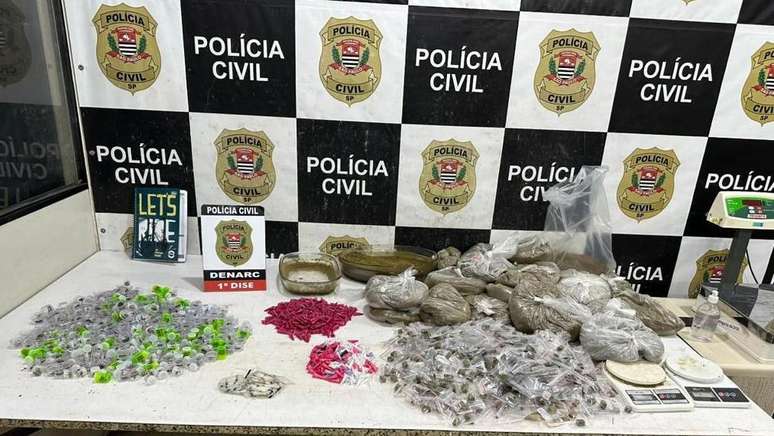
K drugs were born from an experiment aimed at synthetically producing therapeutic substances from marijuana, experts explain to BBC News Brasil.
What scientists produced in this study was, in fact, a variation at least one hundred times more potent than cannabis itself.
The most common varieties are known as K2 and K9, but there are others on the market.
They are extremely powerful drugs that cause side effects such as aggression, paranoia, cardiac arrhythmia and even death.
Carlos Castiglioni, delegate of the Narcotics Investigations Division of the Narcotics Department of the Civil Police of São Paulo, explains that the difference between K drugs lies, fundamentally, in the form of consumption.
“This drug is a liquid that, when sprayed on the leaves of plants and teas in general, is conventionally called K2,” he explains.
“But when it is placed on paper or cardboard to be digested or consumed sublingually, we call it K9.”
In a short time, these drugs have become a major public health problem in Brazil due to their high potential for addiction. According to Castiglioni, who has been studying K substances for about a year and a half, these are found mainly in the peripheral regions of Greater São Paulo.
“The police in Rio Grande do Sul said they had never seen him there. Even in Bahia and other states there are no reports of seizures,” he says.
Jonathan says he bought the K drugs easily, near a train line in the town where he lives, and has used both K2 and K9.
For him, the second version is the strongest.
“K9 affects the nervous system faster. Excessive use of K9 causes mental confusion very quickly,” he says.
Videos of men having seizures and paralysis after using the drug went viral on the Internet. These are K9 use cases, Jonathan says.
“Those explosions we end up seeing on the street are more common when you use K9.”
He says the effect is that those who use it often don’t remember what they thought or felt at the height of the effect caused by the drug.
“When you have this panic, your conscious mind is completely turned off,” he says.
“People will say you had an attack, but you won’t remember it. This drug takes you out of reality.”
He says the effect usually lasts no longer than ten minutes, which he says encourages continued use.
Stealing to support the addiction
Jonathan says he always studied in public school and had a “very comfortable” childhood financially. At 18 he started using drugs.
“I wanted to find the courage, the desire to face challenges, in drugs and, logically, I didn’t find it,” he says.
“It was just an illusion and I ended up sinking deeper and deeper.”
He states that, after each use, there was a feeling of depression and helplessness that was inversely proportional to the well-being caused by the drug.
Jonathan recalls that K2 began to cause great well-being with each drink. There would be a peak of happiness, then I would fall into a deep sleep.
“When I woke up, I felt a great desire to use it again. You wake up with the desire. And you chase it to satisfy that desire,” he says.
Without earning enough money to support his addiction, Jonathan admits to having also committed petty thefts at home.
“I never stole, but after I started using K2, my parents started hiding their wallets,” he says.
“Because if you left flies on the table, I would take them. I even thought about selling (the things in the house), but I didn’t.”
Jonathan says he also started borrowing money from people close to him, but was unable to repay them.
Away from society
Jonathan says he didn’t realize he was already addicted and needed help. It was his parents who decided on his compulsory hospitalization.
“I was at home, lying down, when two people dressed in white arrived. My father said it was to do some tests that the company was asking for,” he recalls.
“I believed it at the time because I couldn’t work. When I got in the ambulance, my record fell apart.”
He spent five months in hospital and left the clinic in May. Shortly thereafter she relapsed.
“I stayed clean for two weeks. But I already had it in my head that I wanted to use it one more time,” he says.
“But it’s the same thing as cigarettes. You can’t just use them one more time.”
After a few months he was forced to return to the clinic. “During the second hospitalization I tried to escape twice,” he says.
“The first was when they took me home, but the guy (the nurse) held me,” he says.
“When he got here to the clinic, I tried to run away again. But the ambulance chased me and brought me back here.”
Today he says that forced hospitalization was the best strategy for his recovery.
“I couldn’t stand myself. How can a guy who can’t stand himself love someone?” he says.
“If I wasn’t here, I would probably wear it on the street. I want to feel good about myself and go out by myself. Wear my best clothes, put on my best perfume, go out by myself and enjoy my company.”
Detoxification and resocialization in three phases
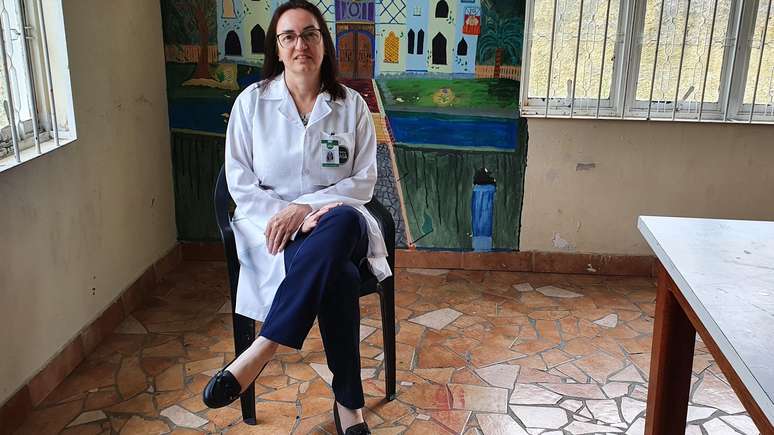
Myriam Albers, psychologist and therapeutic coordinator of the Clínica Maia, which has six units in São Paulo to treat people with chemical dependencies, explains that the treatment of addiction to synthetic drugs is divided into three phases.
The first is user adaptation and detoxification. During this time, a psychologist will evaluate you and begin treatment with medications.
The practice of physical activities and participation in art courses and therapy sessions which continue for the entire period of hospitalization are also encouraged.
At the beginning of treatment, Albers explains, more medications may be needed to help the patient with mental and behavioral changes, as well as help with sleep quality.
The doses are adjusted during hospitalization and the tendency is to reduce them gradually.
After controlling the most important symptoms of withdrawal, such as tremors and anxiety, the second phase is dedicated to making the patient aware of their problem and preventing relapses.
“It’s not simply hospitalization to remove them from family social life. It’s about placing them in a protected environment and reintegrating them into society”, explains the psychologist.
“If we can’t get him to give new meaning to this period of his life by using the substance, when he comes back to himself, at the first emotional imbalance, he will return to the comfort zone, which is the use of the substance substance.”
The clinic visited by the reporter has a pool table, table tennis, table football and a library for patients to spend free time.
There is also an outdoor area with a swimming pool and a lounge area with barbecue. All so that the patient can face the moments of inactivity during detoxification.
But not all drug addicts can undergo this treatment. The monthly fee at a clinic like this costs between R$12,000 and R$15,000 per month.
However, most of the patients admitted to the clinic visited by the report are covered by medical insurance.
This way you partially pay the monthly fee or the treatment is fully covered by the plan.
Family visits are permitted after the second week of hospitalization.
“The substance that the person uses acts directly on the reward center of the brain,” explains the psychologist.
“There is no way to eliminate it from your life, but you will become aware of its damage and be able to resume your life as normal.”
Shortly before being discharged, the patient begins a gradual resocialization process. At this point he is allowed to go out and spend four hours with his family.
“When the patient returns, we weigh the pros and cons. We work through all the situations that involved that time,” he says.
“Gradually, they stay longer until the time comes when he spends a day away and then comes home.”
Jonathan still has almost two months left of treatment. He says what he wants most is to have his freedom and social life back.
“I want to enjoy my company and my family,” he says, staring out of the room where he talks to the journalist.
“I have a plan to become a hairdresser. There is a garage at my house and my father said I could use it to open my own salon. I just want to become a happy person without drugs.”
*Jonathan’s real name and age have been omitted to protect his identity
Source: Terra
Ben Stock is a lifestyle journalist and author at Gossipify. He writes about topics such as health, wellness, travel, food and home decor. He provides practical advice and inspiration to improve well-being, keeps readers up to date with latest lifestyle news and trends, known for his engaging writing style, in-depth analysis and unique perspectives.

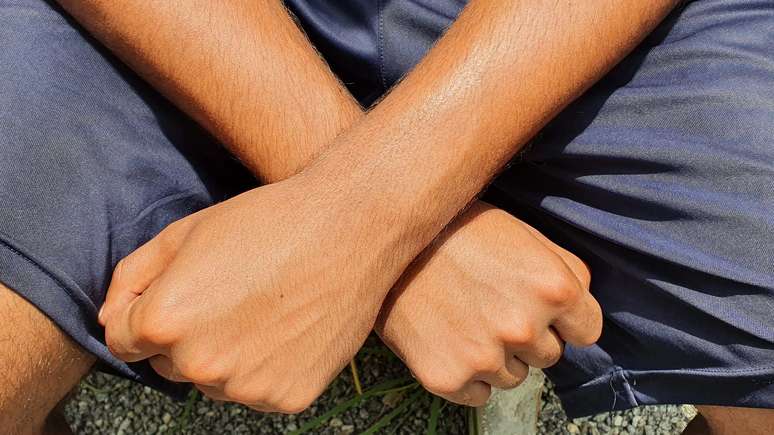

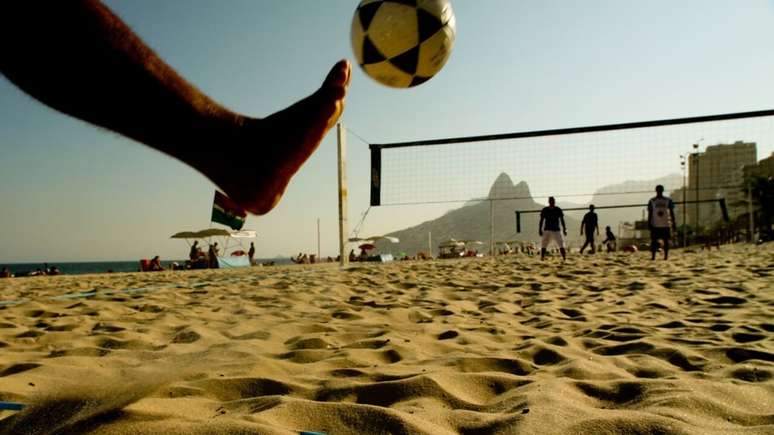

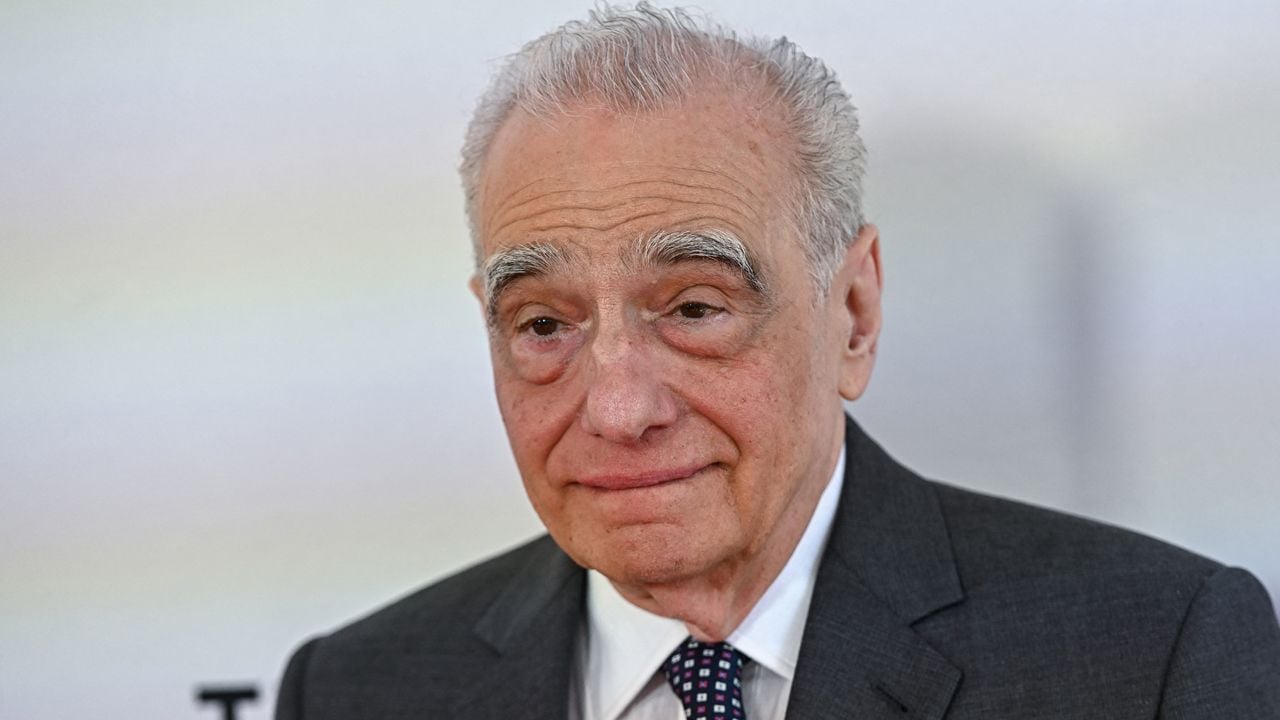
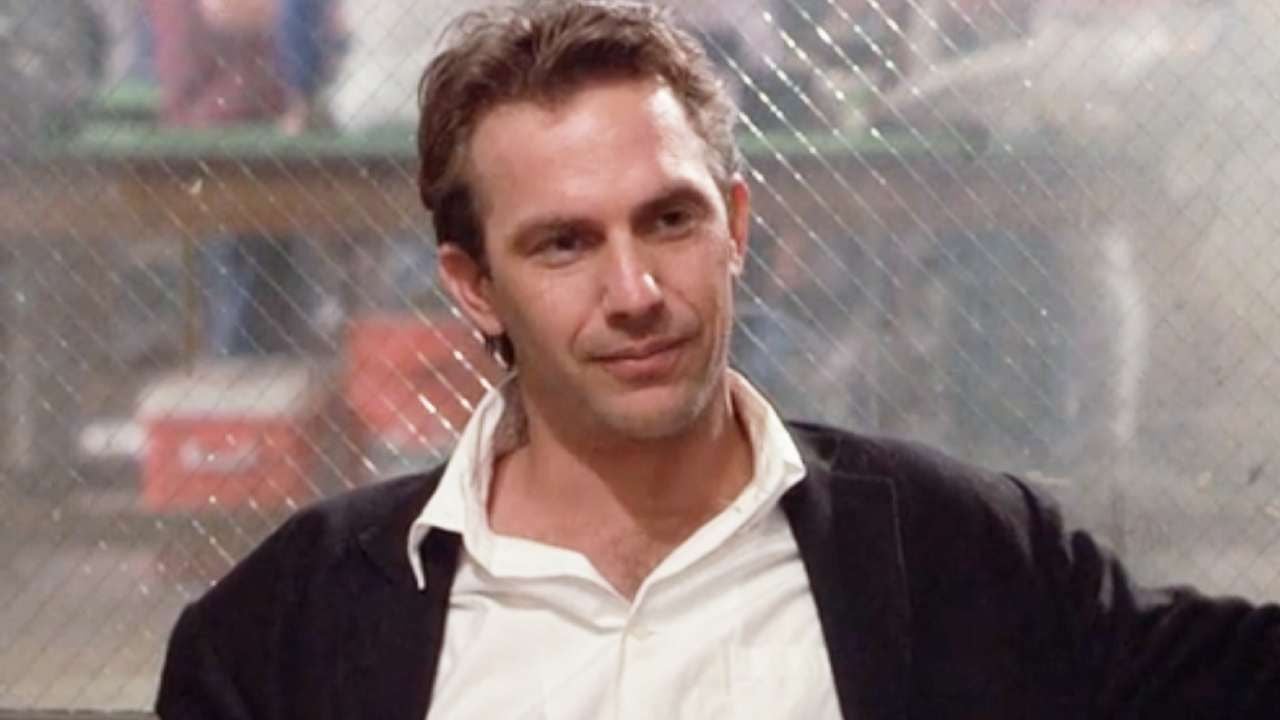
![Tomorrow Belongs to Us: What’s in store for Friday 31 October 2025 Episode 2065 [SPOILERS] Tomorrow Belongs to Us: What’s in store for Friday 31 October 2025 Episode 2065 [SPOILERS]](https://fr.web.img4.acsta.net/img/27/7e/277e1f041c48016486ab18771f578de1.jpg)
